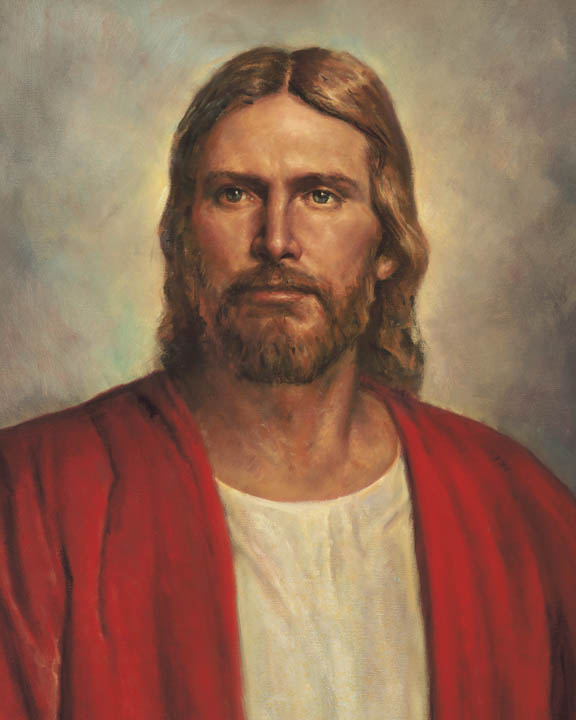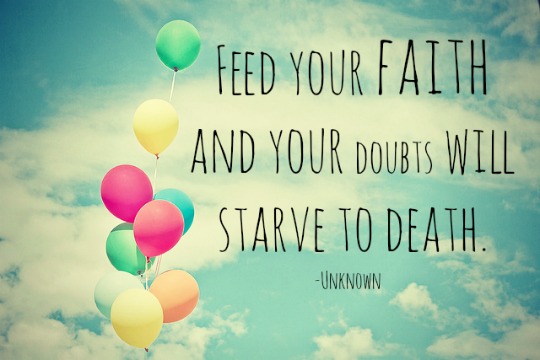When I was first learning about Mormonism, I was full of questions about why. Why did Mormons have to do this? Why couldn’t they do that? Why were things done this way? When I first started to meet with the missionaries, I promptly started in on all the whys. They told me they would be happy to answer my questions, but that I didn’t have a framework that would allow me to understand the answers yet. They requested permission to teach me six lessons first and then they would answer all my questions. They assured me the answers would make more sense by then. I agreed, but to my surprise, when the six lessons were ended, I no longer needed to ask the questions. The framework they gave me took care of everything I hadn’t understood.
 The framework I needed is called the Great Plan of Happiness. It goes by a variety of names among Mormons, including the Plan of Salvation. Mormon is a nickname for members of The Church of Jesus Christ of Latter-day Saints, and it is God’s plan and the Savior’s atonement that provide the framework.
The framework I needed is called the Great Plan of Happiness. It goes by a variety of names among Mormons, including the Plan of Salvation. Mormon is a nickname for members of The Church of Jesus Christ of Latter-day Saints, and it is God’s plan and the Savior’s atonement that provide the framework.
Most Mormon rules make a lot more sense when they are viewed inside the framework of the Plan of Happiness. They need to be seen as part of the bigger picture, not as isolated doctrines. This is why merely reading a list of Mormon rules or doctrines will not lead you to an understanding of Mormonism. You have to learn the teachings in context.
Boyd K. Packer, a Mormon apostle, said:
“A knowledge of the plan of happiness, even in outline form, can give your minds a ‘why.’…
“Most of the difficult questions we face in the Church right now—and we could list them—abortion and all the rest of them, all of the challenges of who holds the priesthood and who does not—cannot be answered without some knowledge of the plan as a background.
“Alma said this…. ‘God gave unto them commandments, after having made known unto them the plan of redemption’ (Alma 12:32; emphasis added)…” (“The Great Plan of Happiness” [Church educational symposium on the Doctrine and Covenants, Aug. 10,1993].
To learn about Mormon rules, then, you need to start by learning about Mormon doctrines, and specifically about the Plan of Salvation. What is the Plan of Salvation or Plan of Happiness?
The Plan of Happiness outlines the three stages of eternal life and what God wants us to do in each one. It helps us understand why we need to do what we do because it allows us to see the big picture.
 For instance, it might seem hard to understand why women don’t hold the priesthood, as mentioned above. To understand the answer, you first need to know that Mormons believe we lived with God before we came to earth. We spent time there learning and building a relationship with God. We accepted the plan God offered us and agreed to do certain things while on the Earth. That was the first stage of our three-stage life. Spencer W. Kimball, a Mormon prophet in the 1970s, said:
For instance, it might seem hard to understand why women don’t hold the priesthood, as mentioned above. To understand the answer, you first need to know that Mormons believe we lived with God before we came to earth. We spent time there learning and building a relationship with God. We accepted the plan God offered us and agreed to do certain things while on the Earth. That was the first stage of our three-stage life. Spencer W. Kimball, a Mormon prophet in the 1970s, said:
“In the world before we came here, faithful women were given certain assignments while faithful men were foreordained to certain priesthood tasks. While we do not now remember the particulars, this does not alter the glorious reality of what we once agreed to. You are accountable for those things which long ago were expected of you just as are those we sustain as prophets and apostles!” (“The Role of Righteous Women, Ensign, November 1979, 102).
When we add the Plan of Salvation to the priesthood question, we discover that we already had a gender assignment in Heaven and that God had chosen certain tasks to be designated for one gender or the other. We agreed to all of that, and our not remembering doesn’t free us from the responsibility to keep our promise.
When we study the second stage of the plan, which happens on earth, we learn that one of the reasons we are here is to serve God in any way He asks us to. Service to God is not about power or importance. To a Mormon, the assistant toddler nursery teacher is as essential to God’s plan as is the bishop (the lay pastor). These responsibilities are carried out without pay and are changed often, so a person can be the president of an organization one day and an assistant teacher in that same organization the next. What matters is that we serve, not where we serve. We go where God sends us at any time and we understand that the atonement is available to everyone, male or female, regardless of how God chose for us to serve. We all have the same opportunity to be saved by the Lord Jesus Christ’s atonement.
This makes the priesthood issue easier to understand. We know now that God made the rules and while He didn’t explain the why, it doesn’t really matter. Our responsibility is to serve God. Where and how is not important as long as it is in the role He has chosen for us.
When you’re trying to understand the Mormons, first learn the plan of salvation, and then fit the doctrines into it. You’ll come away with a more accurate understanding of Mormonism.
